UP TO THE MINUTE
Retrofit roofs: The power plants of tomorrow
April 25, 2025 at 9:00 a.m.By Dale Nelson, president of Roof Hugger, LLC.
One roof, two jobs — providing protection from the elements now, offering clean energy production for decades to come.
A roof is no longer just the structural lid that protects buildings from the elements. It's becoming a launchpad for the next wave of energy innovation. As solar technology grows cheaper and more efficient and as the energy grid becomes more strained, commercial and industrial rooftops are quietly stepping into the spotlight. These massive, underused surfaces are poised to play a central role in how we power the future. Roof Hugger can help if you're rethinking your aging metal roof and you might be looking for more than a replacement — you could be looking at a long-term power solution.
While there’s no need for a crystal ball to come to that realization, what does seem to be coming into focus in my “twinkling sphere” is the realization that our roofs will more and more serve as the platform for the generation of electrical power. There has been a steady decline in the price of photovoltaic (PV) panels and a steady increase in the demand for electrical power. California has recently mandated all new homes will have solar panels on them. Commercial and industrial buildings can’t be far behind. On the government side of things, there seems to be little or no appetite for the construction of new power plants, nuclear or fossil fuel. This means the supply and demand gap must be filled somehow. So, guess what? Your home or building is going to be part of the solution.
Allied Market Research acknowledged this recently, valuing the global photovoltaic market in 2018 at $53.9 billion, they estimate the market will grow by an average of 25.1% annually for a 2026 market value of $333.7 billion. What better place to have these power generating panels than on the roofs of homes or large commercial and industrial buildings?
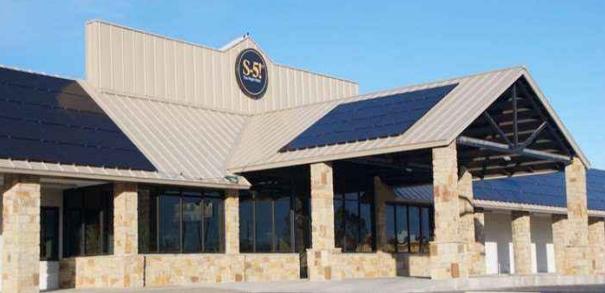
Knowing PV is coming down the road makes choosing a “new” roof, when the old one needs replacing, a more encompassing decision.
If you have an older commercial metal building, chances are that you have a thru-fastened metal roof. Commonly a 26 ga., 12” o.c. “PBR” roof. The ever-faithful PBR (purlin bearing ribbed) panel, still in broad use today, it is a structural, ribbed panel with major corrugations 1.25” – 1.50” tall and 12” o.c. This roof has been and continues to have a very functional, long-lasting, utility type roof that covers millions perhaps billions of S.F. of typically budget driven buildings.
But now it’s time to reroof that old PBR covered building. What should you do? Retrofitting over the top of the existing PBR will give you some excellent options. The Roof Hugger framing system will allow you to meet the latest building code requirements, and it can add strength to the existing purlins to overcome the added weight. It will create a cavity for additional insulation and importantly it will allow you to upgrade from the old PBR roof to a new SSR (standing seam roof).
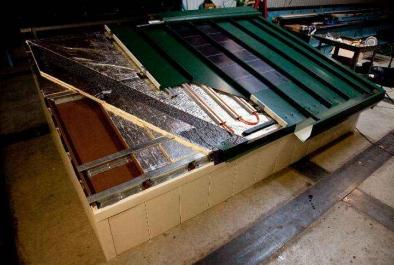
Yes, SSR’s are a bit more expensive but they definitively provide many advantages that will serve you well in the future. Since standing seam panels are attached using sliding concealed clips, normal expansion and contraction can occur without panel damage. Unlike PBR systems, concealed clip attachment also means there is a minimal number of exposed fasteners penetrating the roof. High “R” value fiberglass or rigid insulation roof assemblies are possible and with standing seams roofs the insulation does not need to be fully compressed over the purlins, as is the case with screw down panels.
One understated benefit is that many different roof accessories can be mounted to a standing seam roof without penetrating the panels. Photovoltaics can be attached with roof clamps that can easily support the power generating panels without putting any holes in the roof. The portion of the new roof supporting the photovoltaics may also be eligible for accelerated tax treatment. Another unique benefit is that an independent study by the Metal Construction Association has shown that a new zinc/aluminum finished standing seam roof would have an expected service life in excess of 60 years, approximately twice the life of the photovoltaic panels.
That is an important distinction because other roofing materials will not last longer than the PV panels, long life metal roofing eliminates the need to remove the PV panels, replace the old, failed roof and then re-install a new roof and the PV panels. Unlike shingles, TPO and other built-up type roof coverings, standing seam roofs do not require numerous support columns that penetrate the roof surface to support the PV system- they just clamp to the panel ribs.
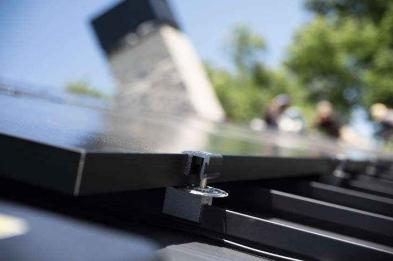
It should also be understood that even if you are not ready to add PV today, your new roof will be ready. You could have up to 25 years to make up your mind. You will still be in the position that your now not so new roof will last as long or longer than the solar panels being mounted.
Sooner or later my fortune teller tells me we are all going to have our own mini rooftop power plants, generating electricity to offset our individual needs and/or to sell back to the grid to assist the community. The type of roof you have will go a long way toward minimizing long term maintenance and providing you with the greatest number of future options. Making that decision to upgrade to standing seam should be an easy and low-cost investment that will pay you back many times over during its life cycle. Go ahead and take a peek into your crystal ball!
Original article and photo source: Roof Hugger
Learn more about Roof Hugger in their Coffee Shop Directory or visit www.roofhugger.com.

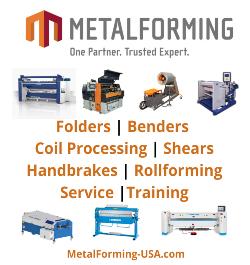
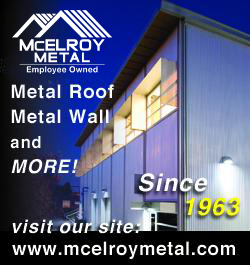
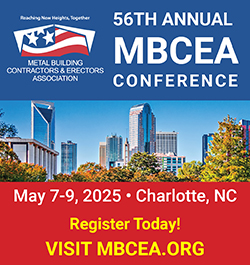




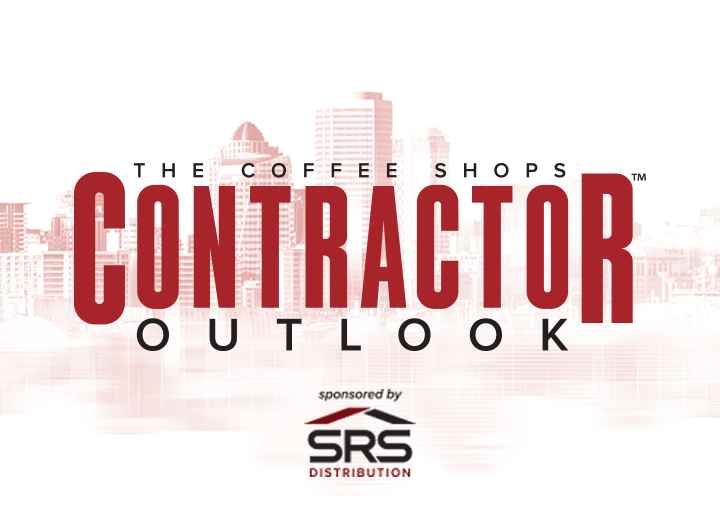

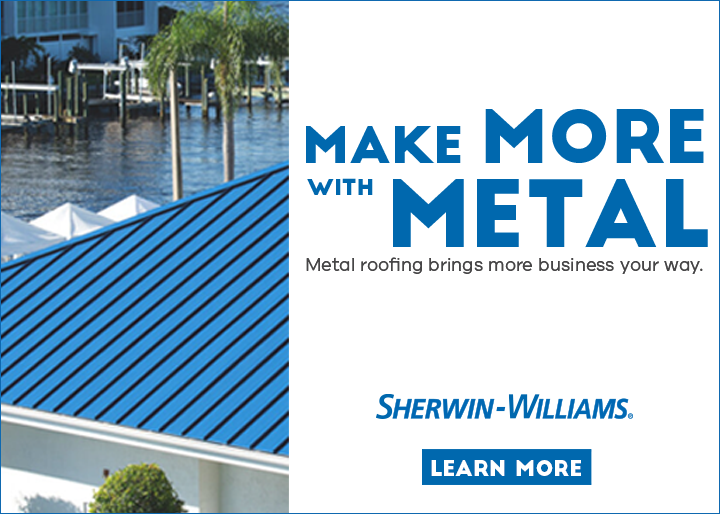







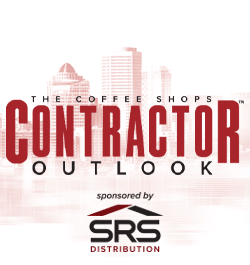
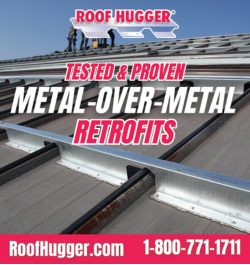
Comments
Leave a Reply
Have an account? Login to leave a comment!
Sign In